 Trending:
Trending:
 Trending:
Trending:

Indoor Plants that will help you combat with the pollution
According to World Health Organization research, 4.3 million people die each year as a result of poor indoor air quality.
Indoor and outdoor pollution are both causes of dangerous diseases, ranging from respiratory disorders, cancer, stroke, and lung ailments such as asthma and heart disease. According to a World Health Organization research, 4.3 million people die each year as a result of poor indoor air quality. Non-communicable diseases such as ischemic heart disease, chronic obstructive pulmonary disease (COPD), and lung cancer cause around 3.8 million premature deaths per year, all of which are linked to exposure to household air pollution.
Various factors contribute to the rise and fall in levels of indoor air pollution, ranging from cooking methods, cleaning products, deodorants, and detergents to hair sprays, air fresheners, furniture polish, and dust. However, just as your actions contribute to higher levels of air pollution, they can also help to lower it.
Here are five plants that can aid in the purification of your indoor air.
 Image Source-Google
Image Source-Google
The succulent Aloe Vera plant is simple to grow and has numerous health benefits. Its presence helps to filter benzene and formaldehyde from carpets and particle boards, and its extract helps to treat cuts, burns, and skin ailments. The sun-loving plant only requires a small amount of water and plenty of sunlight. It also doesn't require a lot of area or a pot to grow. All you'll need is a little container of dirt and a leaf. To reap the benefits, simply position it near a window in your living room.
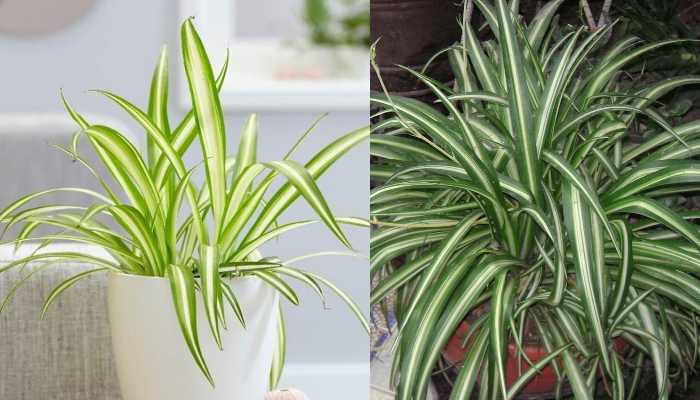 Image Source-Google
Image Source-Google
The spider plant, sometimes known as the air plant, is a fast-growing and spreading plant. Carbon monoxide, formaldehyde, and benzene are all pollutants that can be found in detergents, paints, furniture wax, thinner, and other products. Cut one of the spider's leaves and set it in a pot, just like Aloe Vera, and watch it grow. Spider plants do not need to be exposed to direct sunlight or kept in the cold. It will suffice to keep it in a room or an office corridor.
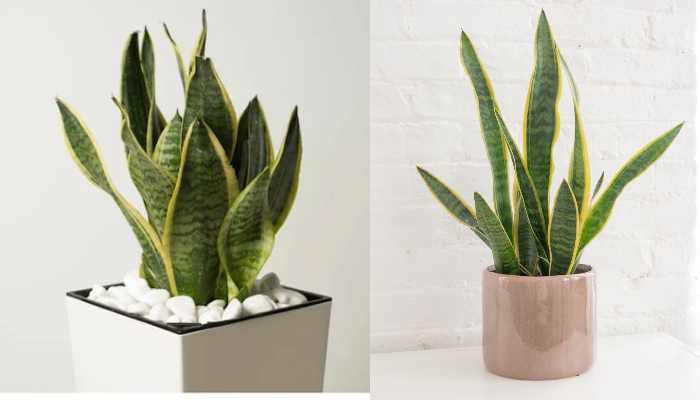 Image Source-Google
Image Source-Google
Because of its shape and texture, the low-maintenance snake plant is also known as mother-in-tongue. law's It filters formaldehyde, trichloroethylene, xylene, toluene, and benzene from the air. The catch is that, unlike most plants, snake plants take carbon dioxide during the day and release oxygen at night. It can assist you acquire direct oxygen if you keep it in your residence.
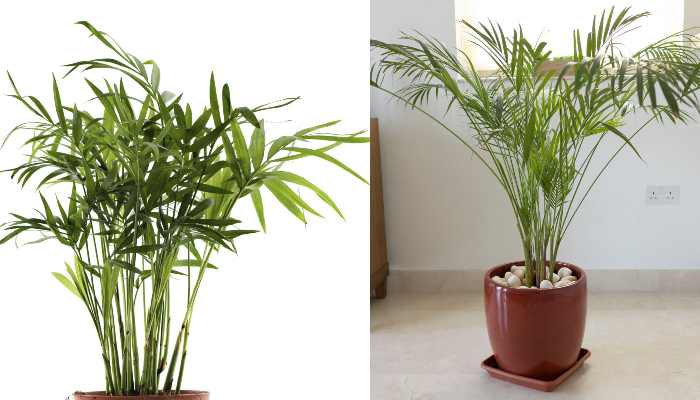 Image Source-Google
Image Source-Google
The Bamboo Palm is one of the most effective plants for removing benzene, formaldehyde, trichloroethylene, xylene, and toluene from the environment. In addition, the plant is a lovely interior plant that may be maintained near a bedside table. The nicest part about this plant is that it does not require constant watering and, in fact, thrives solely while submerged as compared to other plants.
 Image Source-Google
Image Source-Google
Don't be alarmed or perplexed by the plant's name. You've probably seen this plant around, especially in offices, because it fights pollution caused by paints, detergents, varnishes, and oils. The plant does not need direct sunshine to develop and can easily reach a height of 12 feet at room temperature.
 Image Source-Google
Image Source-Google
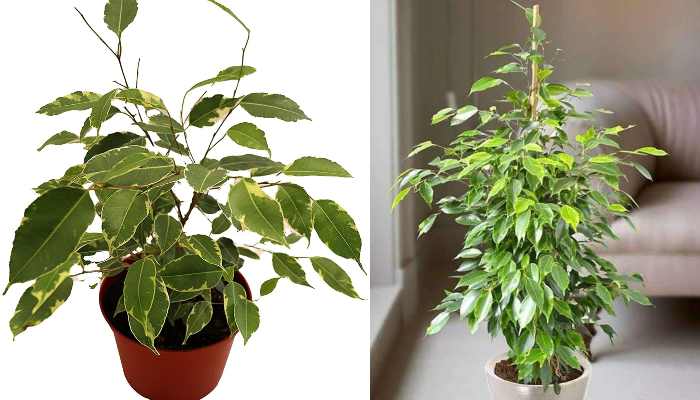 Image Source-Google
Image Source-Google
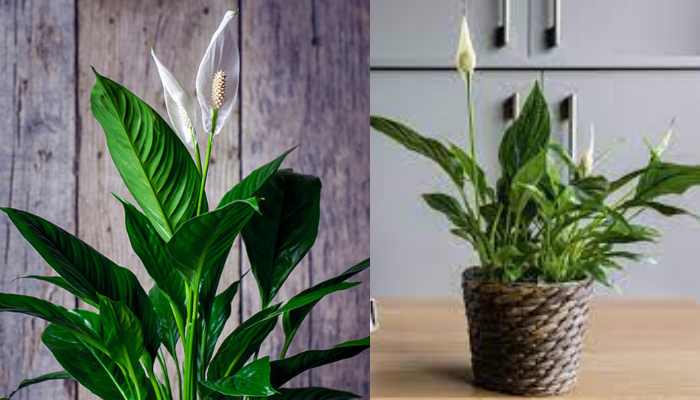 Image Source-Google
Image Source-Google
 Image Source-Google
Image Source-Google
These plants love to purify the air in a cold, humid environment with indirect light. They're not difficult to grow, but they do need to be kept moist. Check the soil of your Boston fern every day to determine if it needs water, and soak it once a month.
Palms prefer a lot of sunshine and aren't bothered by cold draughts. They can reach heights of 12 feet and provide a lot of green in your room, but they're slow-growing. Before repotting your bamboo palm in a larger container, give it at least three years.




